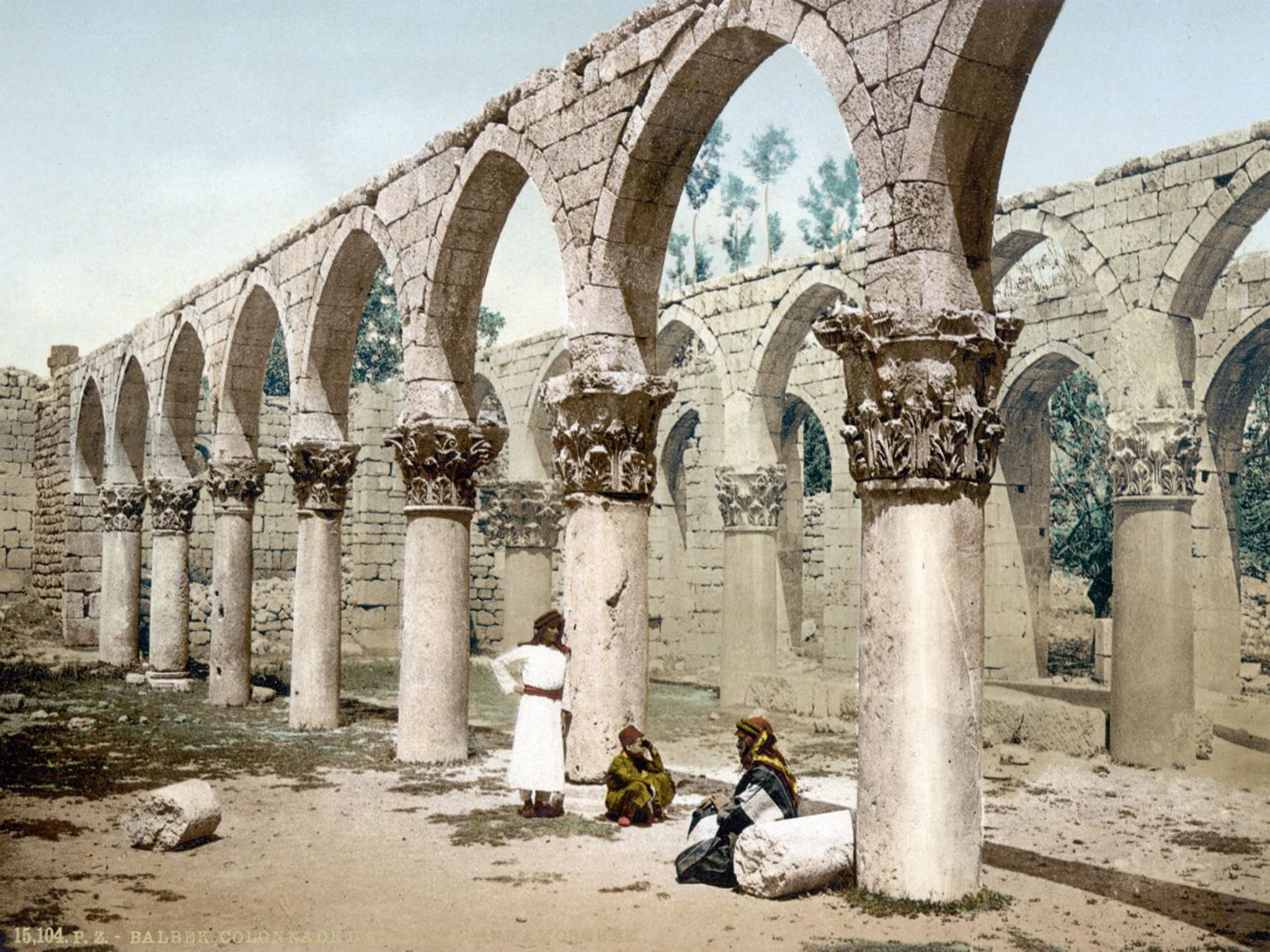EU-funded project plans huge tourist trail from Middle East to Europe to show Umayyad dynasty's legacy
A three-continent route will explore the riches of the eighth-century migrant Umayyad empire

Your support helps us to tell the story
From reproductive rights to climate change to Big Tech, The Independent is on the ground when the story is developing. Whether it's investigating the financials of Elon Musk's pro-Trump PAC or producing our latest documentary, 'The A Word', which shines a light on the American women fighting for reproductive rights, we know how important it is to parse out the facts from the messaging.
At such a critical moment in US history, we need reporters on the ground. Your donation allows us to keep sending journalists to speak to both sides of the story.
The Independent is trusted by Americans across the entire political spectrum. And unlike many other quality news outlets, we choose not to lock Americans out of our reporting and analysis with paywalls. We believe quality journalism should be available to everyone, paid for by those who can afford it.
Your support makes all the difference.At its peak in the eighth century, it was the largest empire in the world, linking East and West and giving rise to a rich heritage of art, architecture, literature and science.
But even in its native countries, the legacy of the Umayyad dynasty has fallen largely into obscurity. Now, a new EU-funded project aims to highlight the shared history via an ambitious tourism trail around the Mediterranean basin linking three continents.
It is a bold concept for a tourism initiative at a time when relations between East and West are strained by terrorism, a refugee crisis and Islamophobia. The Umayyads are historically known as aggressive expansionists, but the project seeks to examine a lesser acknowledged by-product: the opening of new channels of communication between different cultures. Linking Lebanon, Jordan, Egypt, Tunisia, Italy, Spain and Portugal, the trail will cost more than €4m (£3.2m) to develop.
“This route seeks to publicise the profound human, cultural, artistic and scientific relationship between East and West,” explained a booklet produced by project leader El Legado Andalusi (Andalusian Public Foundation). “To forge links and strengthen the relations between the different peoples they encompass, united by a common past.”
The locations on the trail are disparate, even obscure: a small, out-of-the-way Lebanese town near the Syrian border known for its Armenian community; a former centre of Islamic learning in the heart of Tunisia; a Spanish city famed for its cathedral built within a mosque; a Roman Catholic island at the southern tip of Italy. But together they create a picture of one of the greatest eras of Arab innovation.

“Umayyad is a euphemism for cultural exchange in the Mediterranean,” said Abdallah Kahlil, a heritage expert for the Lebanese part of the trail and an assistant professor at the Lebanese American University. “During the heyday of the Umayyad presence in Spain in the 10th century, we had the Fatimids in Egypt, the Byzantines in Constantinople, the Normans in France, and there was continuous cultural exchange between them.”
Before moving to Cordoba in Spain in AD750, the Umayyad capital was Damascus, where they built the Great Mosque. With Syria off limits today, the trail starts in Lebanon. In the ancient city of Baalbek is the Umayyad Mosque, a miniature of its sister in Syria’s capital. The structure, which dates back to the seventh or eighth century, was originally a Byzantine church, and before that was the site of the city’s Roman forum, granite and limestone columns from which were used to build the mosque.
This exemplifies the Umayyad attitude of reusing rather than razing previous civilisations, said Rima Abou Baker of Lebanon’s Safadi Foundation, which is in charge of boosting local involvement in the trail. “The Umayyads really had respect for others,” she said. “They preserved what was there and tried to innovate and bring new ideas and new architecture to all the countries they passed through. Through this project people can learn that Islamic culture is not what we are seeing in the news now.”

Click HERE for larger annotated version of the graphic
In Anjar, the small Lebanese town near the Syrian border, sightseers can wander the well-preserved ruins of what would have been a palatial Umayyad city, displaying a mix of Roman-Byzantine and Islamic architectural styles typical of the period. An Umayyad museum is planned.
In Baalbek and Anjar, tourists will likely have the place entirely to themselves. Embassies counsel against travel to the Bekaa Valley due to vague security concerns, meaning that while both cities are usually safe, very few people make it there.
“We are worried a bit about the situation,” said Ms Abou Baker. “We know that for now it’s a bit hard to bring international tourists here, so we are counting on local communities and tourists.”
For Lebanon’s project co-ordinator Dr Rachid Chamoun, such concerns are pointless. “If we want to base future projects on fears about conflicts, we would never do anything,” he said. “Maybe Lebanon now is safer than Paris or London, or even the US with its gun crime. Are there any safe places in the world?”
Instead, he is focused on creating the best possible experience for those who do come to try out the trails. “These trips put you in contact with Lebanon’s gastronomy, its natural reserves, the social fabric of cities,” he said. “We hope it will bring people closer together.”
To find the trail, go to umayyad.eu
Join our commenting forum
Join thought-provoking conversations, follow other Independent readers and see their replies
Comments